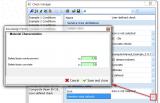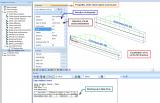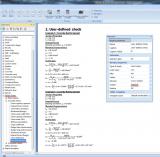sen.07 - Open Design
- Module code sen.07
-
Software
- SCIA Engineer
-
Included in editions
- Professional,
- Expert,
- Ultimate
- Category Other topics
- License Perpetual






